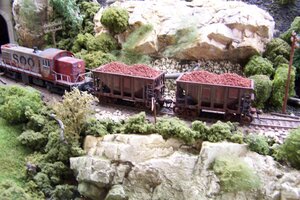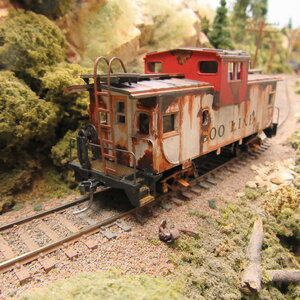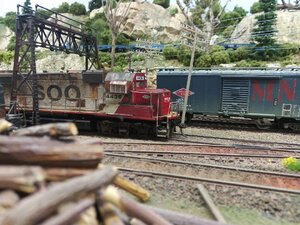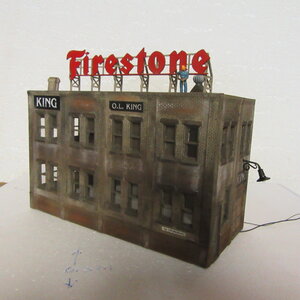troyphoto
Snarky Old Fart (in training)
I've noticed that the standards for weathering buildings and rolling stock/locos is a lot like what the wargaming hobby endures: highly varied with no real consensus.
Most gamers go for some weathering at least. Some for mud and muck and detritus and rust etc.
Some not so much
A gamer friend, Scottish Dave, was at a tourney with the designation of the nationals competition for the WWII game were into at the time. During the paint judging, he was complimented on his paintwork by a company exec from the model maker, but was ribbed for having everything "showroom shiny." Scottish Dave said something like "These Grants and Shermans are fresh off the train with some spit-n-polish. Monty hasn't had time to get them dusty yet."
My question to the Model RR community: What's YOUR standard for each type of model? (Building/loco/rolling stock) does the standard vary (building are less weathered than rolling stock?) Where's your happy stage of calling a model "done"?
Post pics if you like. I don't have any of pics buildings or trains yet, but I'm curious as to what is the finished stage for everyone.
Thanks!
Most gamers go for some weathering at least. Some for mud and muck and detritus and rust etc.
Some not so much
A gamer friend, Scottish Dave, was at a tourney with the designation of the nationals competition for the WWII game were into at the time. During the paint judging, he was complimented on his paintwork by a company exec from the model maker, but was ribbed for having everything "showroom shiny." Scottish Dave said something like "These Grants and Shermans are fresh off the train with some spit-n-polish. Monty hasn't had time to get them dusty yet."
My question to the Model RR community: What's YOUR standard for each type of model? (Building/loco/rolling stock) does the standard vary (building are less weathered than rolling stock?) Where's your happy stage of calling a model "done"?
Post pics if you like. I don't have any of pics buildings or trains yet, but I'm curious as to what is the finished stage for everyone.
Thanks!





